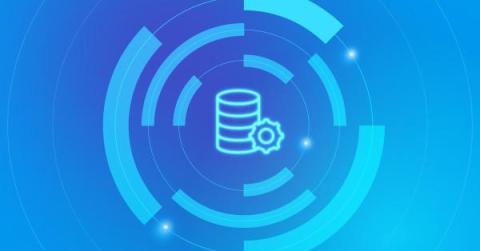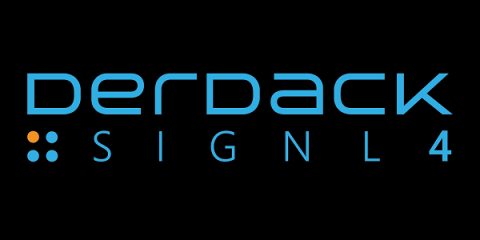How AIOps modernizes CMDBs to drive accuracy and value
Maintaining your Configuration Management Database’s (CMDB) accuracy, keeping it fully updated, and improving its performance is a frustrating and elusive goal for ITOps and IT leaders. Aiming for this ‘golden’ CMDB standard can feel like running on a treadmill where you’re putting in a lot of work, but remain as distant as ever from your goal. Can IT leaders ever catch up?











